Do you have a button that you just love? Maybe it’s an heirloom and you have never been able to find another one like it, or maybe you would like to make a pair of earrings, but only have the one item. Well I have a solution for you! Make a mold of this item and you can re-create the button as many times as you like. Suddenly that one heirloom button is a whole new line of earrings! Or imagine you have an adorable charm that you love so much you could just eat it up! Well, now you can….literally! The product that is used to make these molds, Amazing Mold Putty is FDA approved for use with food, so you can make a mold of the charm and then use that mold to create chocolates as pretty as your jewelry! The possibilities are really endless… make ice cubes, soaps and candles or melt your own crayons into fun shapes! I’m thinking toy car crayons would be a great party favors for a little boys’ birthday party….
Making a mold is much easier than you would think. If you have ever had molds of your teeth taken, then you have seen similar products. The molds are made by mixing a two-part silicone compound that when mixed create a quick curing putty. This is a type of molding putty is known as RTV, which stands for Room Temperature Vulcanization. Follow these easy steps and you can mold almost anything.
Before you start:
- You will use this mold to pour into, so one side of the mold will be flat. Pick an object that will look okay with a flat back.
- Only mold items that are not trademarked or patented.
- If you want to make something that is three dimensional on all sides, you will need to make two molds of the item; one for each side. Then you can fill both molds and adhere to two objects together after they have been removed from the molds.
- Openings and loops on charms will not be useable in your mold, but you can drill a hole into your re-creation later if want to re-create an opening.
- If you are planning on using your mold to make an object multiple times, for something like ice cubes, chocolates or crayons, consider making several molds of the same object, so that when you go to make your item you can do several at once, since some mediums take a long time to cure (like ice).
- Objects with small protruding parts will make molds that will work with resin, but may break easily when attempted with softer or more fragile materials (again like chocolate or ice).
- If you want to make an item in both resin and edibles, make two molds because adding resin and coloring agents to the mold will make it no longer food safe.
Step 1. Using the item that you are molding as a guideline, determine how much molding compound you will need. I like to make two equal size balls of each color, each one being about the same size as the item you are molding. It is better to error on the side of being too big.

Knead quickly because the putty will begin to set in 5 minutes or less depending on the room temperature.
Step 2. Knead the two compounds together. You want to knead them until there is no marbeling and you have achieved one solid color.
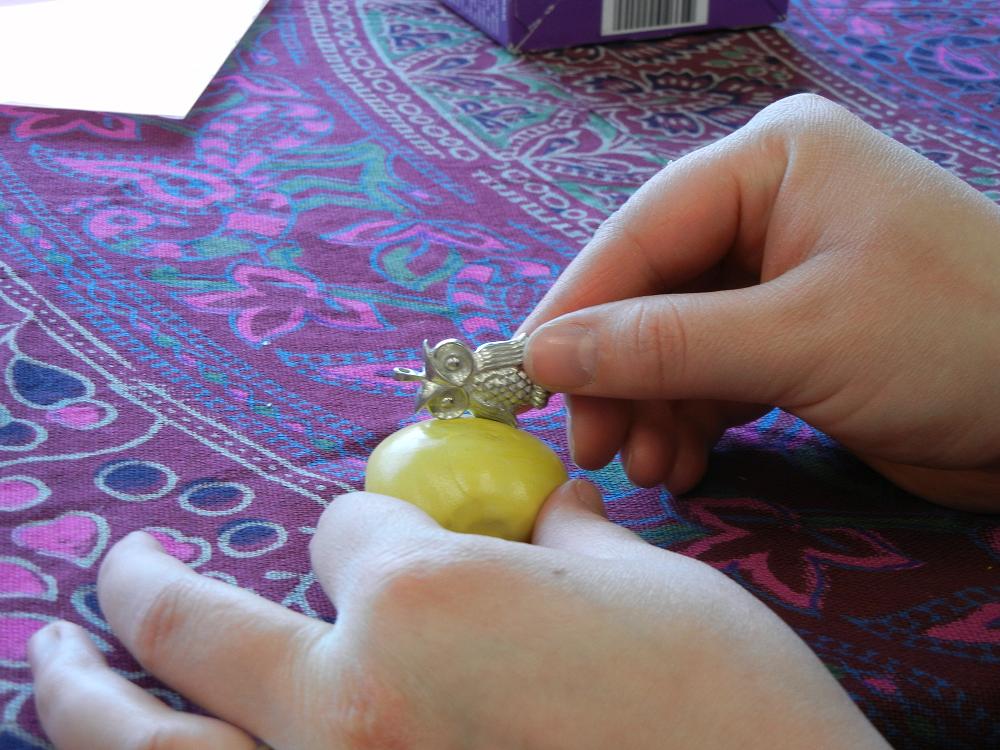
Carefully press your object into the molding putty. Apply even pressure so that the object goes in straight.
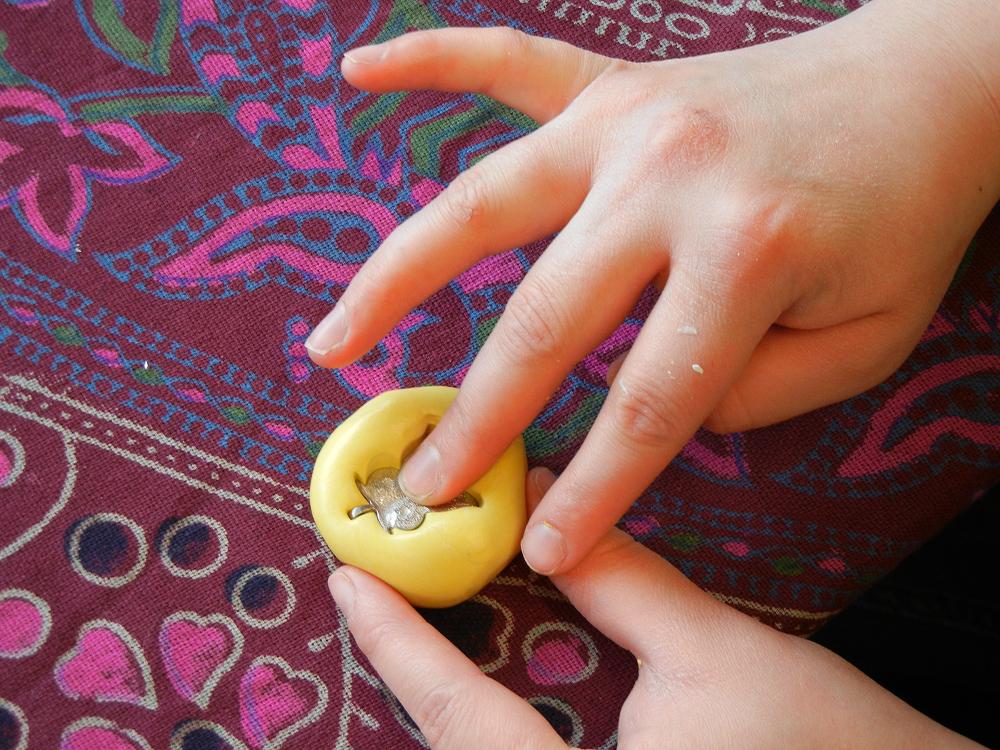
Press the object down, but be careful to not push through the compound. If you want the mold to be deeper build the edges up around the object.
Step 3. Insert your object that you are making a mold of. Press the item into the putty and form the putty around the item a little. Make sure that you don’t press any part of the object all the way through. Also make sure that the putty is getting into all the crevices in the item.
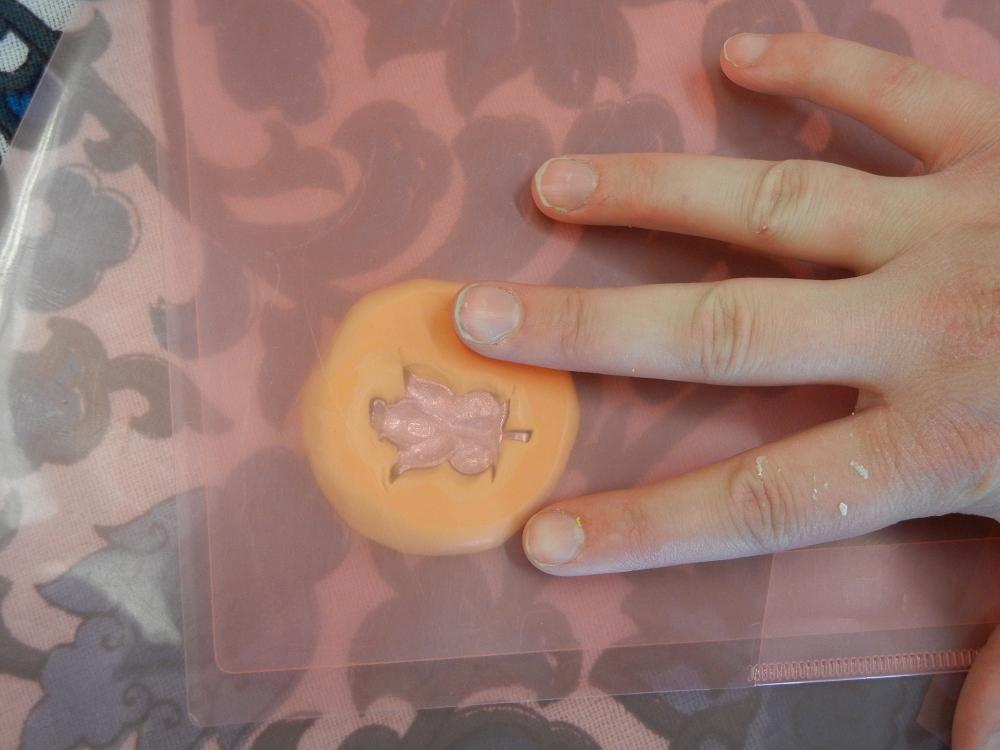
By pressing the mold between two sheets of plastic, you can create a mold that is compact, stack-able, and level.
Step 4. Make your mold flat. Do this by pressing the putty with the object still in it between two pieces of non-porous plastic (I’m using plastic file folders). The reason you do this is so that your mold is flat on both the bottom and top. This will ensure that you can easily fill it and keep it level. It is also nice for storing molds for later use, so you can easily stack them.
Step 5. Wait for the putty to cure. I recommend waiting a good twenty minutes before pulling your object out.
Step 6. Remove object from the cured putty. Now you have a mold! The mold itself is flexible and can be peeled off the original item.
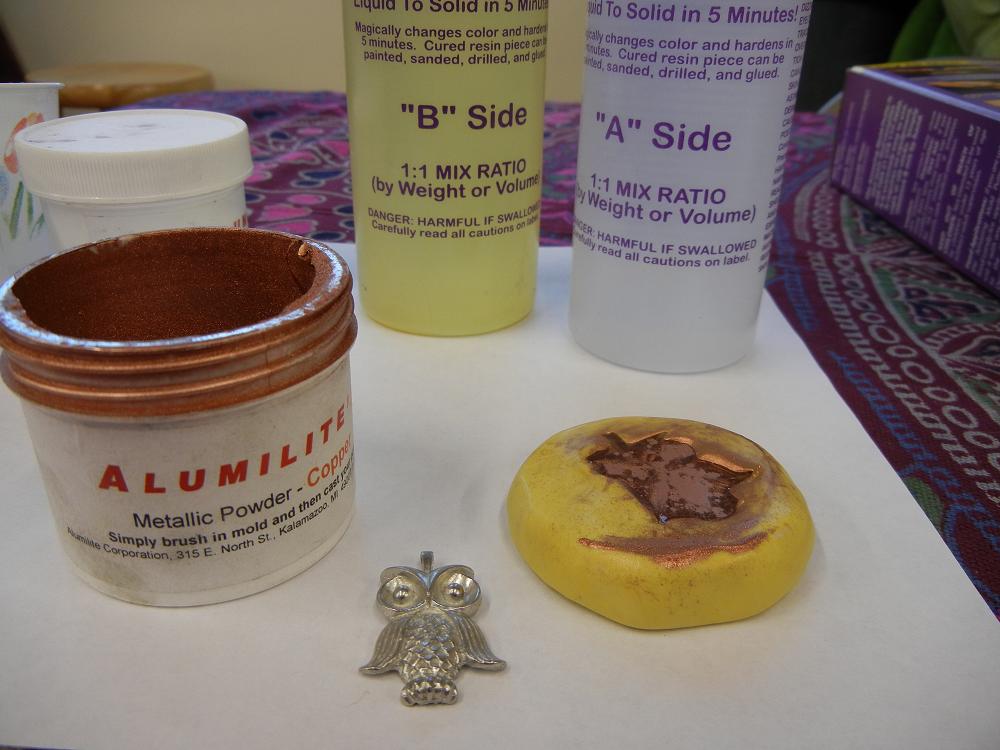
Mix Amazing Casting Resin to create a quick resin owl from your mold!
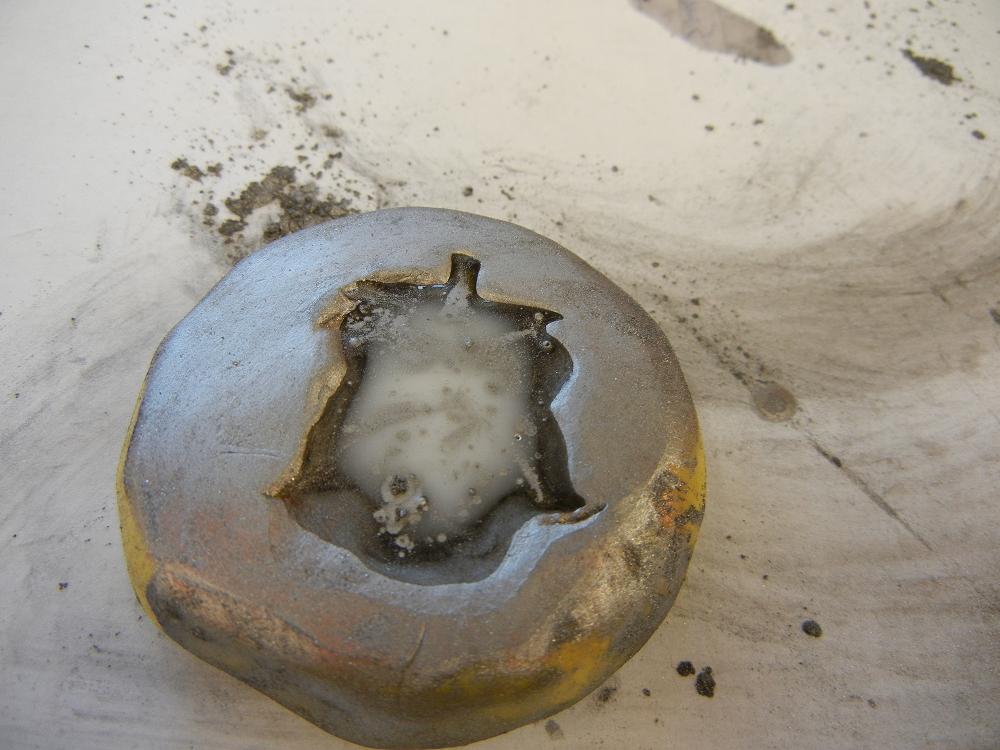
You can see the quick setting resin beginning to set when it turns opaque. Allow a full 15 minutes before removing your piece.
Step 7. Fill your mold and re-create your object. I used quick setting Amazing Resin and metallic powders to make gunmetal and copper versions of this owl charm. When using the metallic powders use a dry brush to remove any excess powder. The amount remaining will adhere to the resin.
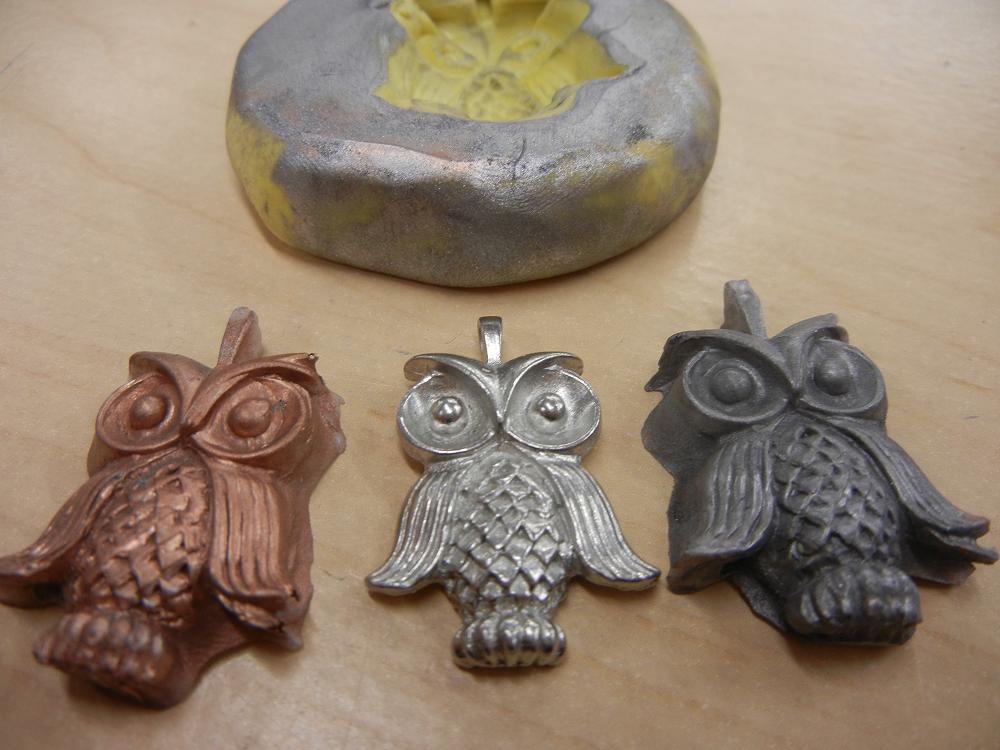
Original Charm in the center, copper resin version on the left, gunmetal resin version on the right!
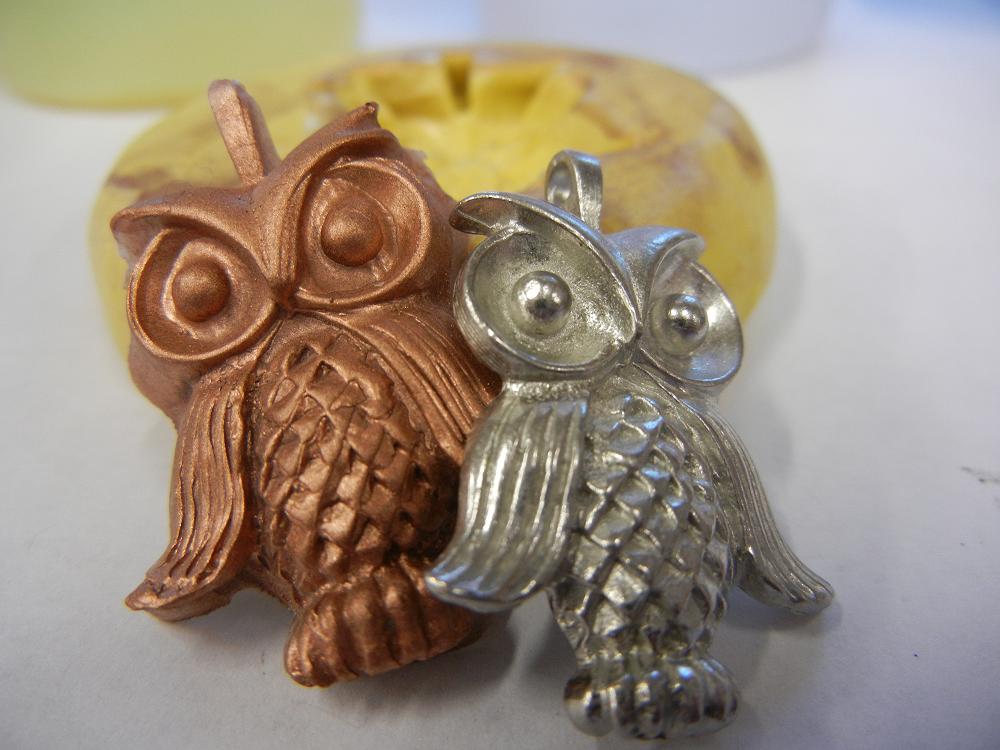
Resin version of this owl would be perfect for a glue-able ring or bobby pin!
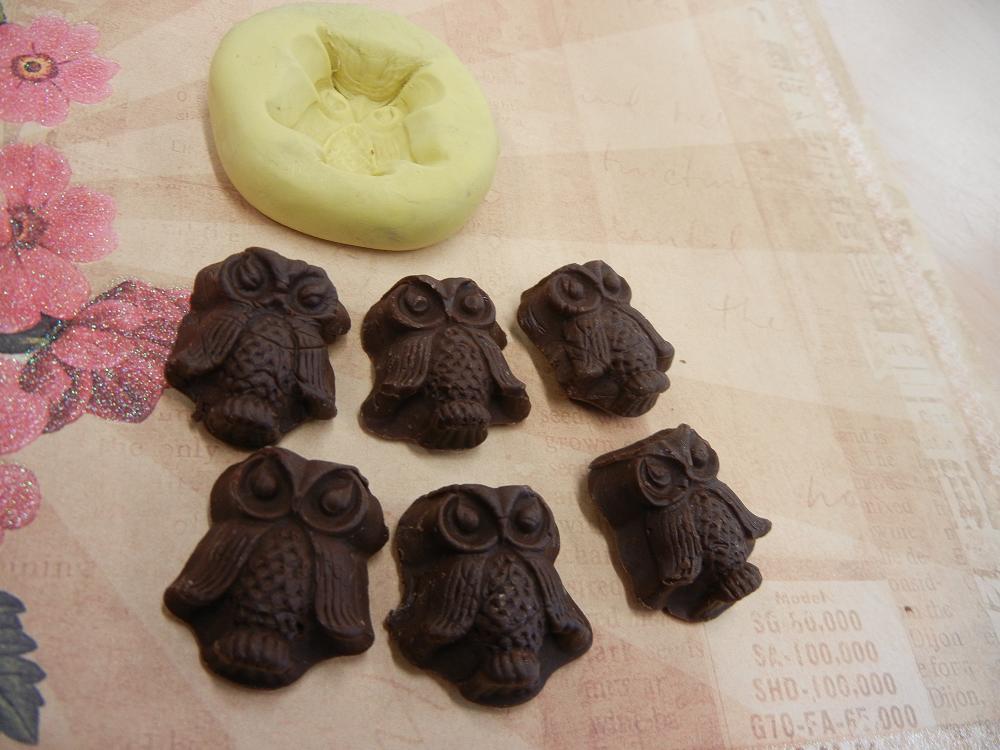
I made a second mold of the owl to make little owl chocolates! Perfect for a themed party or baby shower!
Well I hope you have learned how to make some fun molds! I love making these molds, because literally the possibilities are endless! I can’t wait to make some custom molded crayons! Feel free to ask me any questions on what I did or how to do something. ~~Tiffany

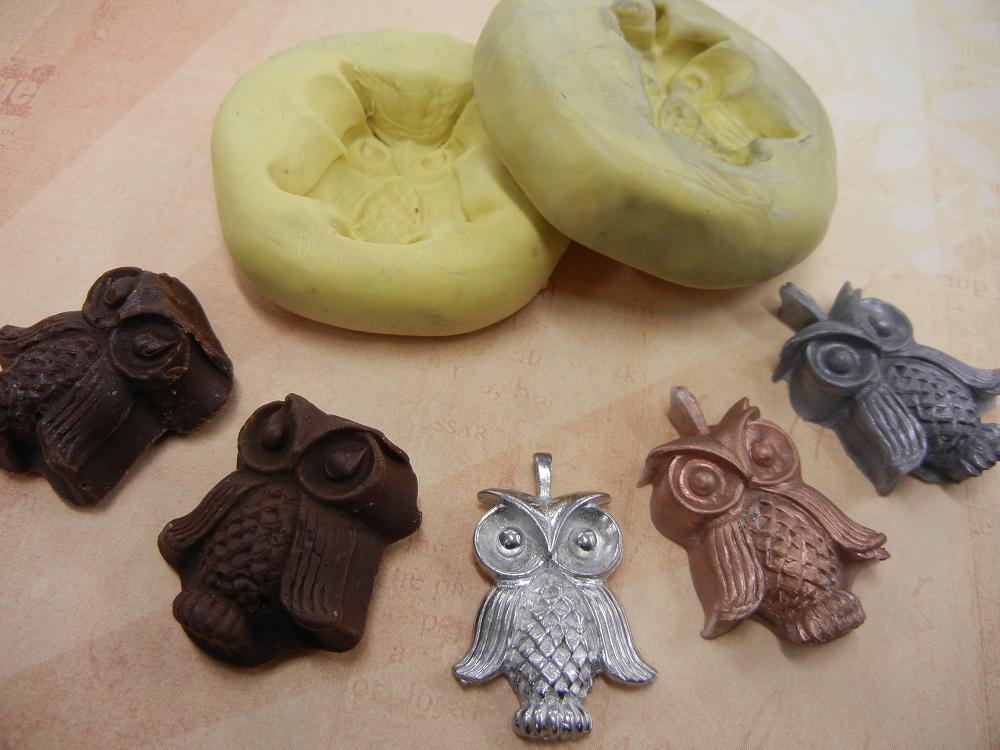
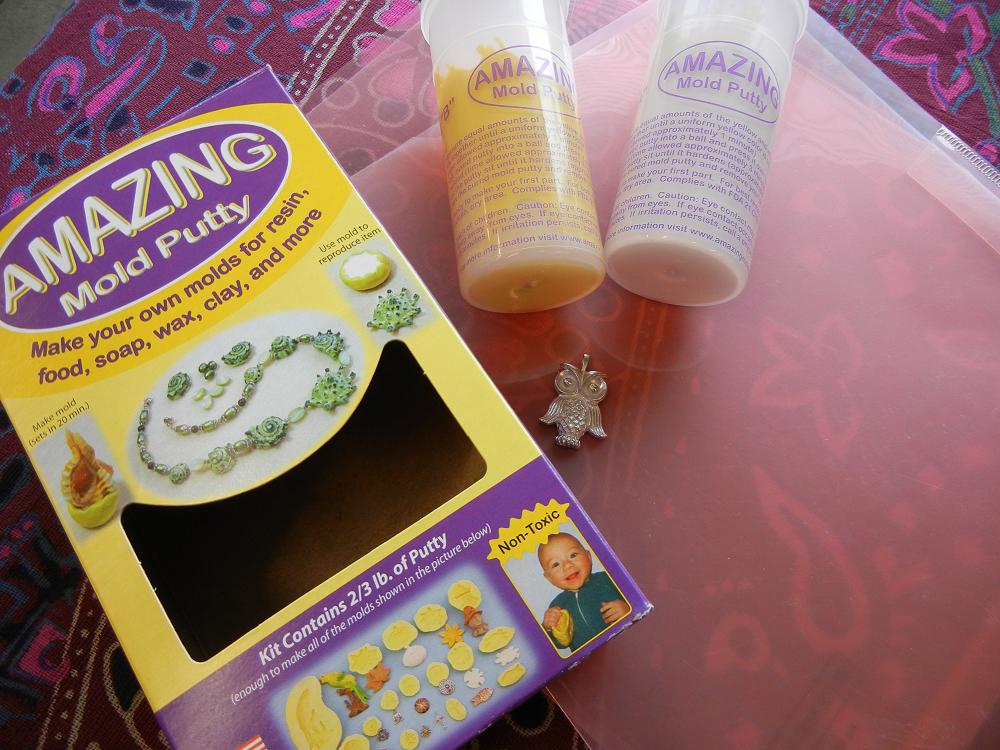

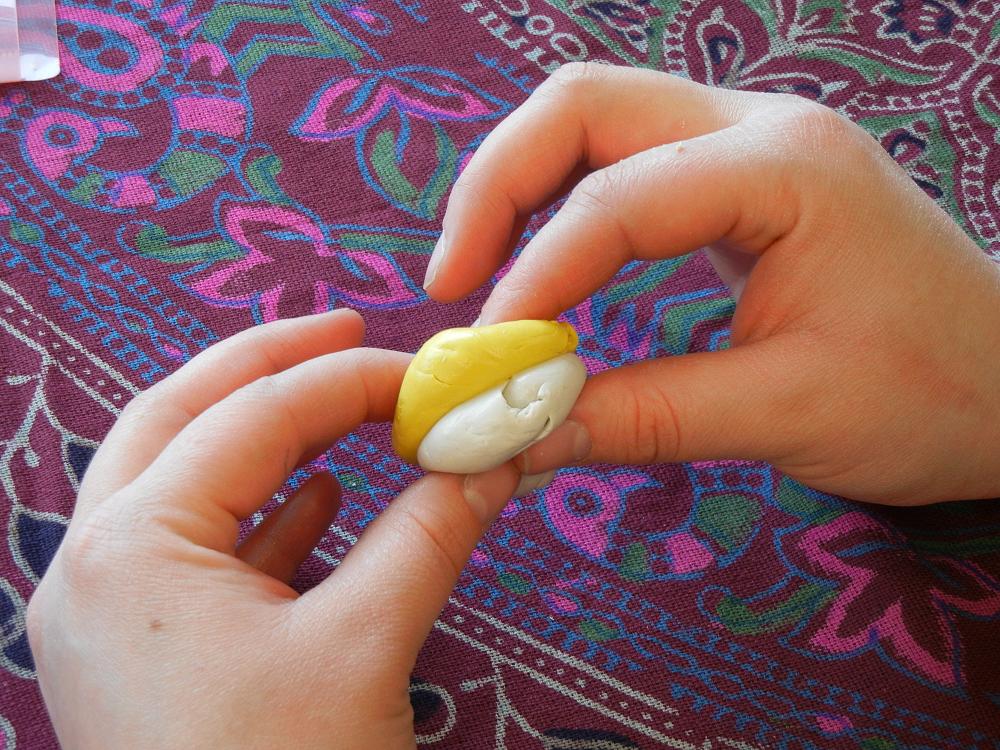
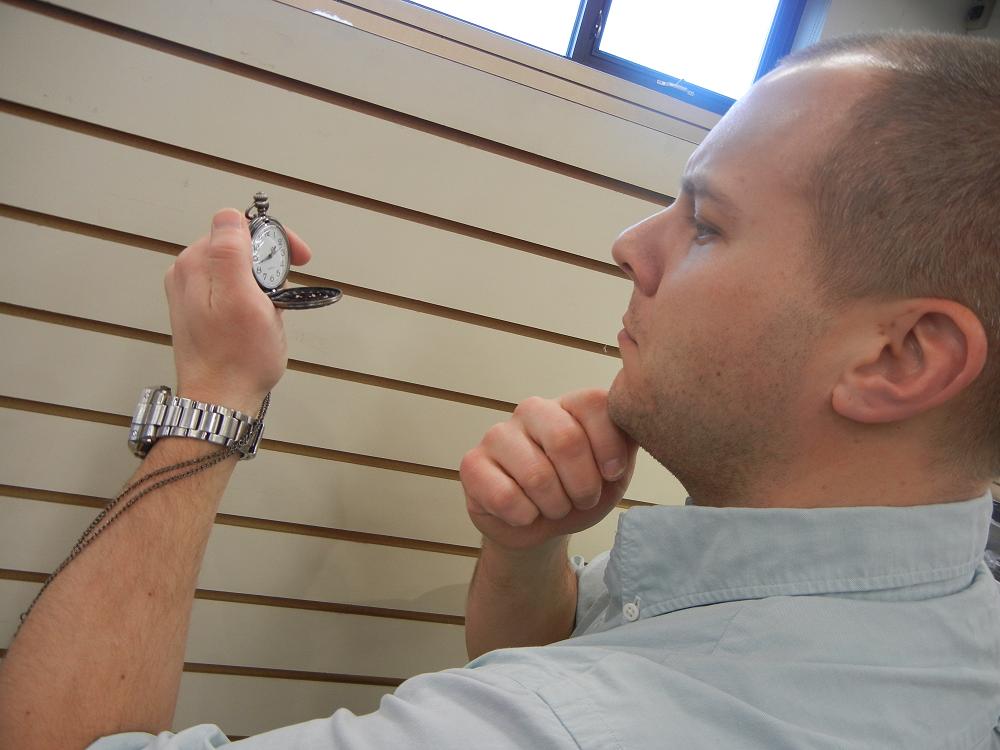
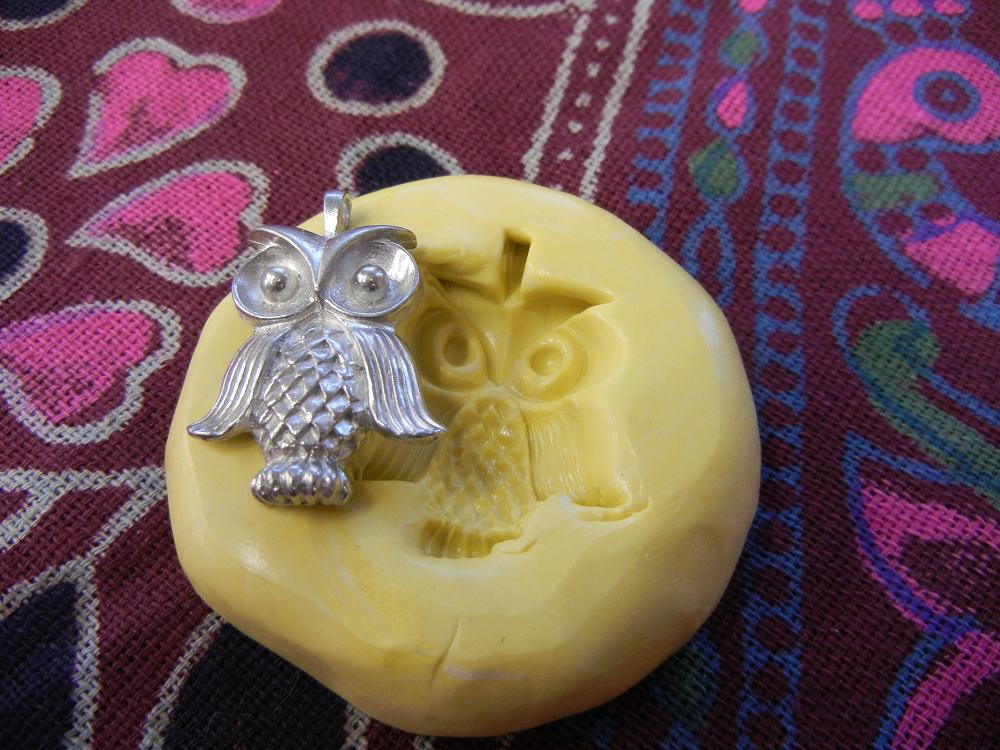

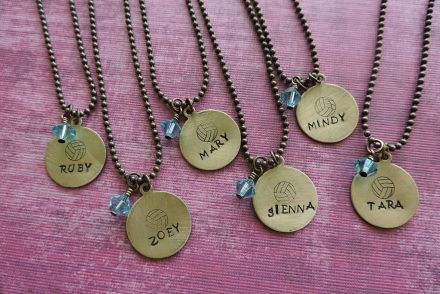
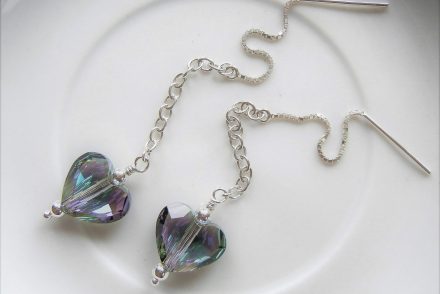
8 Comments
thank you sharing this tutorial! I have been having problesm making my molds but I did pick up some trciks from you.
I wouldn’t use epoxy putty with chocolate as it’s not food safe. You really need to invest in platinum silicone to guarantee that it’s ok.
Can i pour melted pewter into these molds or would it destroy them. Thank you
Hi Desertwind,
That’s a great question!
What is the melting temperature of your pewter? The various alloys of pewter have different melting points. (Be careful, I think the pewter alloys with more lead, tend to be the ones with the lowest melting points.)
I checked, and Amazing Mold Putty is heat resistant to 395 degrees Fahrenheit (201 degrees C): http://www.rings-things.com/Products/Resin-Molds-and-Casting-Supplies/Amazing-Mold-Putty.html
So, depending on your alloy, if you are very careful it might work … but it would be touchy, as my quick search says that pewter generally melts between about 338 and 446 degrees F.
The EasyMold silicone putty lists a *slightly* higher temperature resistance (400 degrees F): http://www.rings-things.com/Products/Resin-Molds-and-Casting-Supplies/EasyMold-reg-Silicone-Putty.html and says it is suitable for low-melt metals but you would still have to be cautious and be sure you have a low-temp alloy of pewter.
–Polly
Correction.
You certainly can cast “holes”, use a ‘pin’ made of precured silicone inserted into the hole in the model, slide model out leaving pin in place in the silicone. For holes when casting metals use a thin graphite rod (pencil lead). For metal casting into silicone you should be using a high-temp 2 part like mold-max 60. Less expensive silicones top out around 400F which is too low for common non-lead alloys (around 530F). Also, pouring metal requires heating it above the liquidus temp which will put even more thermal stress on the silicone. For very small thin castings like coin-size medallions regular silicones can work for a few casts, but you will lose detail as each pour eats away at the mold surface. Molds get uneven and sticky as they overheat and may fail, releasing the metal. Good luck
Thanks, NSH, for posting the tips and cautions! ~Polly
Is epoxy reliable along with other mold making supplies? Thanks!
Hi Orven,
There are many, many types of epoxy. Some epoxy resins can be used to make molds, and many other epoxies are simply used as glues, or as the base for mosaics. Here are a few examples: https://www.rings-things.com/Products/Epoxy-Resin-Casting-Resin-and-UV-Resin/
~Polly